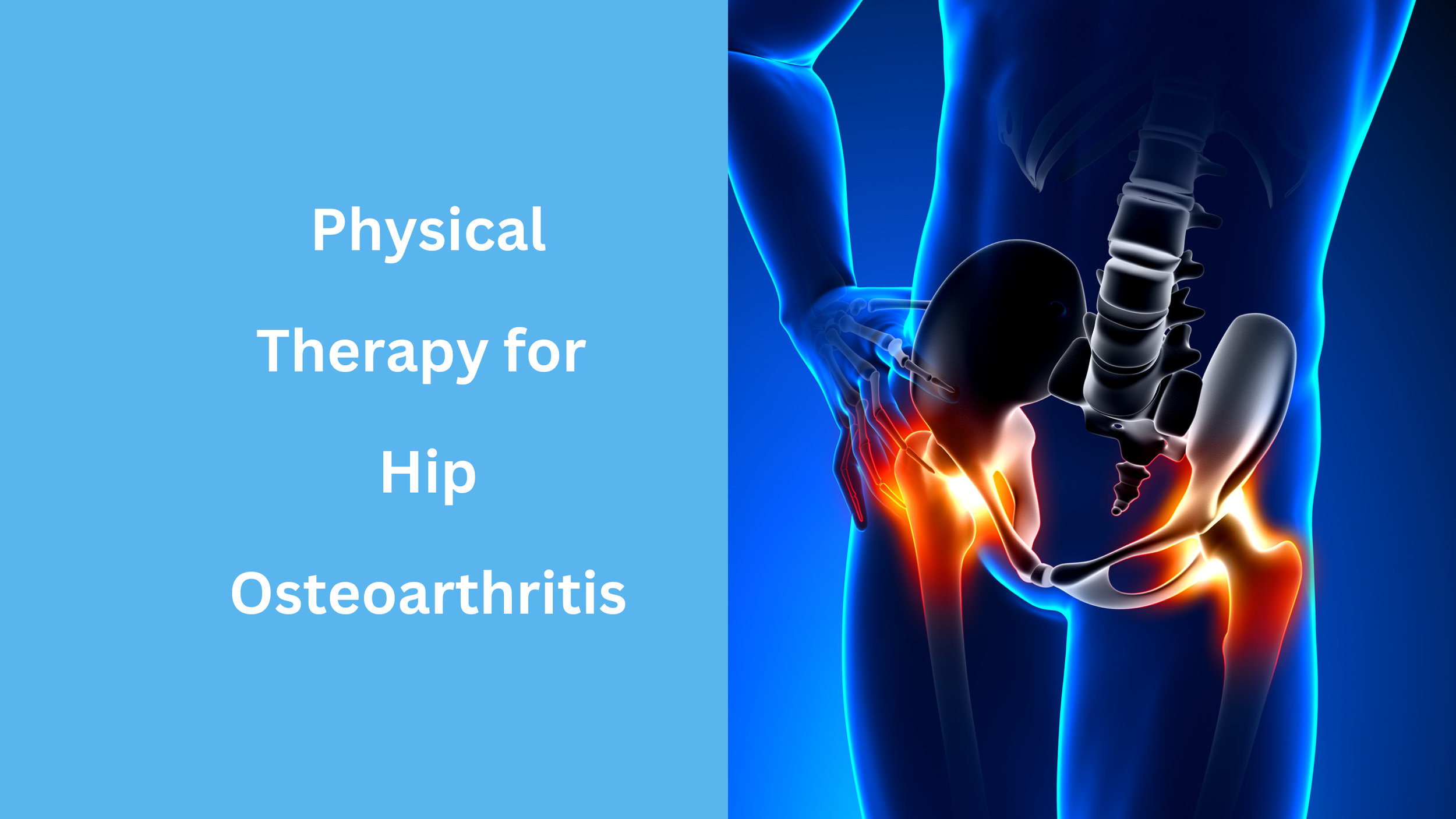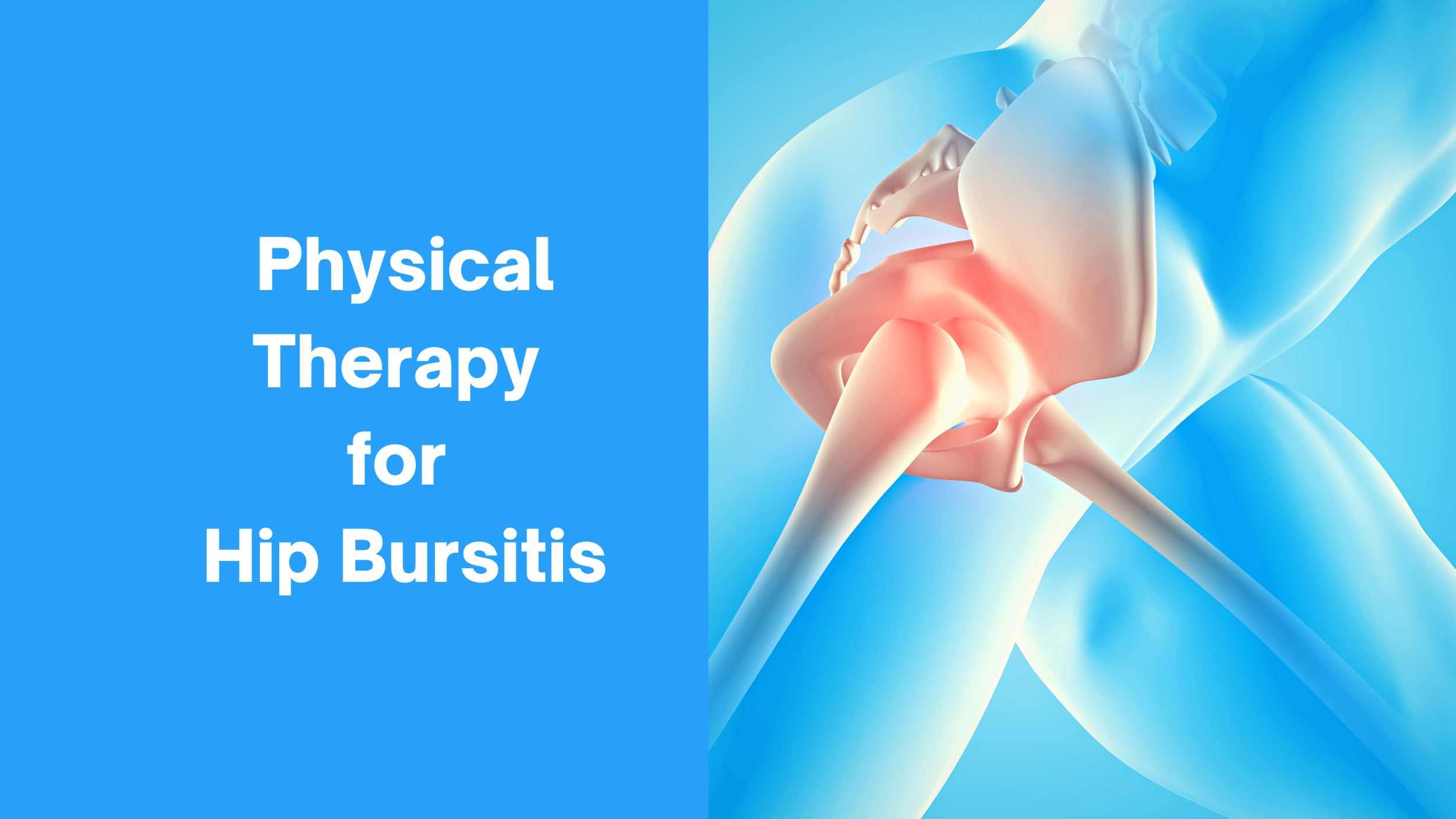Mangiarelli Rehabilitation Physical Therapy Blog
Physical Therapy for Lisfranc Injury [Infographic]
A Lisfranc injury occurs from a sudden trauma such as a fall, hard contact, or twisting of the foot that damages the bones or overstresses the ligaments of the Lisfranc joint. The Lisfranc joint is a complex joint in the midfoot where the metatarsal bones connect to the rest of your foot, joined by ligaments that stabilize the arch of the foot and transfer loads from the lower leg to the foot. Physical therapy after a Lisfranc injury can help manage pain and swelling, improve lower extremity mobility and strength, restore normal walking ability, and ensure a safe return to activity and sports competition.
Physical Therapy for Osgood-Schlatter Disease
Osgood-Schlatter disease is an inflammatory condition of the knee caused by repetitive trauma to the patellar tendon during growth spurts that is common among active adolescents. Osgood-Schlatter disease is a common cause of knee pain in growing and active pre-teens and teens, affecting 1 in 10 adolescents. Osgood-Schlatter disease can be managed conservatively and effectively with physical therapy. Physical therapy can help teens with OS ease pain, increase muscle strength, and restore function for a safe return to sport.
Physical Therapy for Sacroiliac Joint Dysfunction [Infographic]
Sacroiliac joint dysfunction (SI joint) involves injury to the sacroiliac joint that typically presents as low back pain on one side of the body. The main function of the SI joints is to provide a stable yet flexible support to the upper body while distributing the load from the lower extremities throughout the rest of the body. SI joint dysfunction can arise due to an acute trauma to the joint, pregnancy and childbirth, or conditions like arthritis and scoliosis. Physical therapy can address SI joint pain, help to stabilize the joint, and improve function through targeted stretching and strengthening exercises and manual therapy.
Physical Therapy for an AC Joint Sprain
Mangiarelli Rehabilitation physical therapist Bobby demonstrates 3 exercises you can do to prevent stiffness and regain mobility after an AC joint sprain. An AC joint sprain typically occurs due to a sudden fall on the shoulder that can push the shoulder blade away from the collarbone, straining or tearing the ligaments of the AC joint. Physical therapy is the first line of treatment for AC joint sprains and is highly effective in restoring shoulder mobility, strength, and function following an AC injury.
3 Exercises to Address Shin Splints
Mangiarelli Rehabilitation physical therapist Sarah demonstrates three exercises you can do to address shin splint pain. Shin splints are a common athletic injury that develops due to repetitive stress placed on the tibia, causing the surrounding muscles to strain and develop microtears where they connect to the shin bone. Physical therapists can help athletes with shin splints recover pain-free movement, return to sport safely, and prevent future reinjury through a targeted exercise rehabilitation program.
Physical Therapy for Hip Osteoarthritis
Physical therapy can help those with hip osteoarthritis manage arthritic pain and regain function, strength, and mobility in the hip through therapeutic exercise and manual therapy. Osteoarthritis of the hip causes the protective cartilage lining the bones of the hip joint to progressively break down, causing the bones to rub against each other and leading to intense pain and inflammation within the hip joint.
Physical Therapy for Plantar Fasciitis [Infographic]
Plantar fasciitis is a common foot condition that develops when repeated activities strain the plantar fascia of the foot, which is a thick band of tissue that runs along the bottom of the foot and supports the arch of the foot. When individuals perform repetitive weight-bearing and impact-loading activities over days, months, and years, this can lead to microtears and chronic inflammation of the plantar fascia. Physical therapy is highly effective in treating plantar fasciitis, helping reduce pain, restore function and strength in the foot, improve foot mechanics, and address the root cause of the condition.
Physical Therapy for a Lisfranc Injury
The Lisfranc joint is a complex joint in the midfoot where the metatarsal bones connect to the rest of the foot, providing stability to the foot, supporting the arch of the foot, and allowing you to walk and run with ease. A Lisfranc injury involves a fracture or dislocation of the metatarsal and tarsal bones of the midfoot or a sprain of the ligaments of the midfoot, leading to significant pain, dysfunction, and difficulty walking or running. Physical therapy after a Lisfranc injury and surgery can help you manage pain and swelling, improve lower extremity mobility and strength, restore normal walking ability, and safely return to activity and sports competition.
Physical Therapy for Hip Bursitis
Hip bursitis involves inflammation of the bursae, the small fluid-filled sacs that provide cushioning between the hip bones and the soft tissue of the hip (muscles, tendons, and ligaments). Hip bursitis is most common among middle-aged and older adults and affects women more than men. Physical therapy can effectively treat hip bursitis, reducing pain, addressing muscle-related weakness, and helping patients return to daily activities and sports safely. A physical therapist treats hip bursitis with a combination of stretching, strengthening, and movement retraining to decrease irritation in the hip, improve strength and range of motion, resolve pain, and restore normal function.
Physical Therapy for Knee Bursitis
Knee bursitis involves inflammation of one or more bursae of the knee joint, causing pain, swelling, and limited mobility in the knee. Bursae are fluid-filled sacs that serve as cushions to reduce friction between bone and skin or bone and tendon. Knee bursitis can develop from a direct blow to the knee or from repetitive stress movements or pressure on the knee over time. Physical therapy for knee bursitis can help reduce pain, swelling, and stiffness in the knee and restore mobility in the knee through targeted therapeutic exercise and manual therapy.
Physical Therapy for Neck Pain
Neck pain is one of the most common musculoskeletal conditions, affecting 30 to 50% of adults each year. While there can be numerous causes of neck pain, the most common source of neck pain is mechanical neck pain resulting from muscle strain or joint issues. Physical therapy is the most effective treatment for neck pain, reducing pain and stiffness, improving range of motion, and strengthening the postural flexibility of the neck through therapeutic exercise and manual therapy.
Patellofemoral Pain Syndrome [Infographic]
Patellofemoral pain syndrome (PFPS) is one of the most common types of knee pain, causing pain at the front of the knee and under and around the kneecap. Known as runner’s knee, it often occurs in athletes following a sudden increase and intensity in training. Physical therapy provides effective treatment to address PFPS and improve function and mobility through a customized exercise therapy program. Check out our infographic on patellofemoral pain syndrome to learn more!
Physical Therapy for Wrist and Hand Injuries
Wrist and hand injuries are common as the complex structure of the wrist and hand are susceptible to irritation from overuse at work or sport or from excessive force placed on the wrist or hand when breaking a fall. Physical therapy is an effective treatment for wrist and hand injuries, helping control swelling and restoring range of motion, strength, and ability in the wrist and hand through manual therapy, therapeutic exercise, and functional training.
Total Joint Replacement Rehabilitation
Total joint replacement surgery is a major surgery requiring careful preparation and an effective post-surgical rehabilitation program to ensure pain-free function and mobility of the joint. Total joint replacement surgery removed the entirety of the damaged joint, replacing it with artificial parts to maintain joint function. Physical therapy plays a critical role in successful rehabilitation of the new joint and restoring movement, strength, flexibility, and range of motion to the joint for a timely return to daily activities, work, and sport.
Pulled Muscle vs. Pinched Nerve [Infographic]
How do you know whether you’re suffering from a pulled muscle or a pinched nerve? Both a pulled muscle or a pinched nerve may cause severe pain and limit your mobility, function, and ability to complete daily tasks. Being able to ascertain the difference between a pinched nerve and a pulled muscle is critical to ensure you receive the correct treatment and return to your activities quickly and safely.
Patellofemoral Pain Syndrome Physical Therapy Treatment
Check out our latest blog on physical therapy treatment for Patellofemoral Pain Syndrome! Patellofemoral pain syndrome (PFPS) is one of the most common types of knee pain, causing pain at the front of the knee and under and around the kneecap. Physical therapists treat PFPS with a customized exercise rehabilitation program, targeting specific muscles of the hip and knee to reduce pain and retrain hip and knee movement patterns.
8 Tips for Safe Lifting This Holiday Season
Holiday preparation and festivities can place a strain on your body. If you lift heavy objects incorrectly, you can strain and injure your back, neck, and shoulders. Proper lifting technique protects your back and neck and minimizes strain on the entire body. When you lift an object properly, you avoid placing too much stress on one body part and instead, allow the body to work as a cohesive unit, sharing the weight of the object and distributing it evenly. To stay healthy and prevent pain during the holidays, follow our 8 tips for proper lifting technique!
Is it a Pulled Muscle or a Pinched Nerve?
Muscles and nerves are susceptible to and common sources of injury in the body. Both a pulled muscle or a pinched nerve can cause severe pain and limit an individual’s function and mobility. It is crucial to recognize the difference between a pulled muscle and a pinched nerve in order to seek the proper treatment in a timely manner.
Physical Therapy for Ankle Sprains
An ankle sprain is a common injury that occurs when the foot twists or turns beyond its normal range of movement, causing the ankle’s ligaments to overstretch or tear. Each day, over 20,000 Americans sprain their ankle. Ankle sprains account for 45% of all sports injuries in the United States. A physical therapist can help you recover from an ankle sprain more quickly, rehabilitate the ankle properly using a treatment program specifically designed to your injury, and prevent recurrent ankle pain.
Hip Pain: How Physical Therapy Can Help
Hip pain is often overlooked and untreated until it becomes severe. However, it’s important to have hip pain evaluated by your physical therapist early on to determine the cause of the pain. Hip pain is commonly due to repetitive strain on and overuse of the hip from a sport or work activity. A physical therapist can effectively treat and reduce hip pain, improve flexibility and mobility, and return the patient to daily activities with greater hip strength and ability.
![Physical Therapy for Lisfranc Injury [Infographic]](https://images.squarespace-cdn.com/content/v1/5e419cdc97af032560004b99/1695046764626-NGSQZR69WCKXOZQR4YP2/Tw+Lisfranc+Injury.png)

![Physical Therapy for Sacroiliac Joint Dysfunction [Infographic]](https://images.squarespace-cdn.com/content/v1/5e419cdc97af032560004b99/1692628325284-XS9SDRSC5W8BAVHUSQPU/Blog+SI+Joint+Infographic+.png)



![Physical Therapy for Plantar Fasciitis [Infographic]](https://images.squarespace-cdn.com/content/v1/5e419cdc97af032560004b99/1676924237297-6EW77TVH6ROZBE52C27J/Tw+PF+infographic.png)




![Patellofemoral Pain Syndrome [Infographic]](https://images.squarespace-cdn.com/content/v1/5e419cdc97af032560004b99/1615820902970-6YMWXV50OIG4Y0FI2XV5/1.jpg)


![Pulled Muscle vs. Pinched Nerve [Infographic]](https://images.squarespace-cdn.com/content/v1/5e419cdc97af032560004b99/1611066175350-N1AZ3VBB7OAOTIQ8UNXM/1.jpg)
















